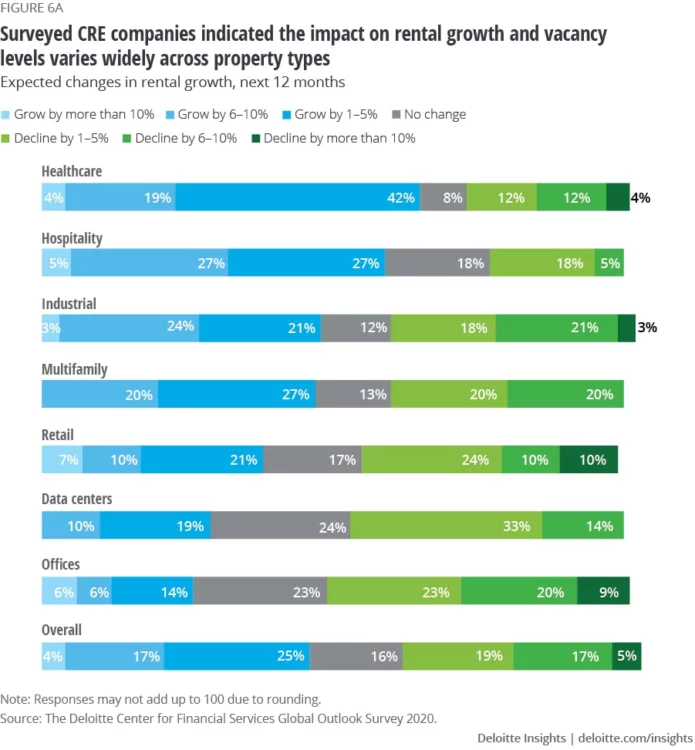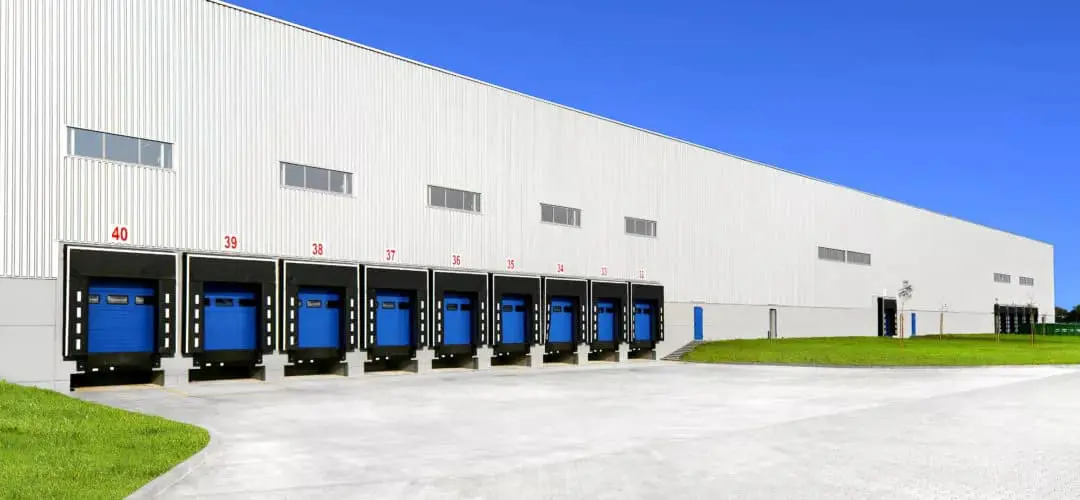Buying vs. renting warehouse space. It’s the age-old debate, right behind the chicken and the egg. For many business owners, this decision is a tough one, based on your particular company’s unique needs and resources. In this blog, we will discuss the pros and cons of both renting and buying warehouse space and give critical insight into why the decision is based on your business’s individual needs.
To evaluate what is the best option for your business, owners need to think about the following:
- Will the space fit your long-term business needs?
- Considering the variety of warehouse locations available can help in making this decision.
- Do you plan on expanding?
- If so, understanding the concept of transloading and how it can benefit your operations might be crucial.
- Do you have the financial capital to invest in real estate?
- Will smaller upfront costs give your business more capital to invest back into the operation?
- This is where understanding the different types of warehousing can be beneficial.
These questions are critical to answering the question of leasing vs. buying. Though once answered, there are still many factors that go into this decision that will have a great impact on the potential for growth and revenue.
RENTING WAREHOUSE SPACE
When it comes to renting warehouse space, there are many factors to consider, but one of the most important considerations is cost. Leasing a warehouse space requires significantly less money upfront than purchasing. The monthly lease cost is spaced out over the course of the contract and doesn’t require a large down payment. In addition to low upfront costs, maintenance is typically included in the lease, so repairs to the facility don’t impact your cash flow.
There are also, generally speaking, more commercial rentals available. This allows businesses more options and the ability to focus on size, location, and other key factors. For instance, considering specific warehouse locations can be beneficial for strategic positioning.
The pandemic has had a significant impact on commercial space, but luckily for supply chain companies, space is always needed. From small manufacturers to huge shipment facilities, fulfillment centers and warehouse space escaped the aftermath of work from home initiatives. According to Deloitte, industrial commercial real estate expects a 25% growth in rental space in the next 12 months.

Pros of leasing:
- Flexibility
- Maintenance included in lease agreement (not responsible for the cost of repairs)
- Growth potential (if business is doing well, easily able to move into another space once lease is up)
Cons of leasing:
- Lack of stability (if lease isn’t renewed or owner sells, your business is forced to move)
- Landlord can increase price of lease before renewal
- Limitations around the space and what your business can do with it to make it functional for your supply chain operations
BUYING WAREHOUSE SPACE
Though the initial upfront cost of purchasing your warehouse space can be a deterrent, there are many benefits to businesses purchasing space. Often seen as a blank canvas, once you purchase a warehouse space, the possibilities are endless. Business owners can create a functional, efficient space that works best for their operations. Sorting, fulfillment, shipping areas can all be customized to fit your business needs and objectives.
The potential for financial gains from purchasing a commercial property also contributes to the benefits of owning versus leasing. With changes in the real estate market, property owners can make money on the space, especially if it’s located in a highly sought-after area.
COVID-19 has also had an impact on commercial property sales. With so many companies shifting to work from home type schedules, more and more businesses are looking to lease their commercial spaces. Though supply chain warehouses have been protected from real estate shifts, there is still significant risk in the financial investment needed to purchase a commercial warehouse.
Pros of buying:
- Potential for appreciation in the value of the property and building equity
- Possibility of leasing the space if you ever want to move locations
- Increased tax benefits to owners by deducting interest on business taxes
- The ability to control all aspects of the space (layout, design, square footage, expansion possibilities, etc
Cons of buying:
- Responsible for all maintenance and repairs, including cost
- High upfront cost for a down payment and necessary credit lines for mortgage
- Liability for injuries or claims that occur on your property
RENTING VS. BUYING: WHAT’S THE RIGHT MOVE?
There are a lot of factors that go into purchasing or leasing warehouse space. Your company needs to weigh the pros and cons of both options and decide what’s best for your business. At WSI, we can help you meet your warehousing needs no matter what you choose. From building customized, dedicated facilities to leasing space in a public warehouse, our team of experts is here to help. WSI operates in over 13 million square feet of warehousing across the United States, and that number is always growing. If you need help determining the best fit for your supply chain, we invite you to connect with one of our experts. Whether in one of our existing locations or a new expansion market, WSI can offer Absolute Reliability™.

